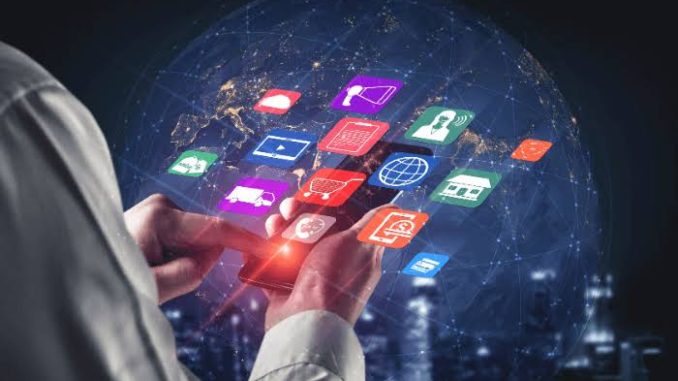
1. Communication: Faster, Easier, and More Global
Perhaps the most visible transformation is in communication. Smartphones, social media platforms, and messaging apps have redefined how people connect. Whether it’s a video call with a loved one halfway across the globe or a quick message to a colleague, communication today is instantaneous and borderless. Technologies like real-time translation and AI-powered chatbots are further bridging language barriers and enhancing accessibility.
2. Work and Productivity: The Rise of Remote and Hybrid Models
Technology has revolutionized the workplace. Cloud computing, project management tools, and video conferencing software have enabled remote and hybrid work environments, offering greater flexibility and work-life balance. AI and automation are streamlining repetitive tasks, boosting productivity, and allowing employees to focus on more strategic, creative responsibilities.
3. Education: Learning Without Boundaries
Digital learning platforms, online courses, and virtual classrooms have made education more accessible than ever. Students can now learn at their own pace, from anywhere in the world. Tools like AI tutors, interactive simulations, and gamified apps are making learning more engaging and effective, breaking down traditional barriers to quality education.
4. Shopping and Banking: Convenience at Your Fingertips
E-commerce and mobile banking have transformed how we shop and manage finances. With a few taps on a screen, users can order groceries, transfer money, or invest in stocks. Contactless payments and digital wallets have become the norm, promoting faster transactions and enhancing security.
5. Health and Wellness: Smarter, Personalized Care
Technology is playing a crucial role in healthcare and wellness. Wearable devices monitor physical activity, heart rate, and sleep patterns, encouraging healthier lifestyles. Telemedicine allows patients to consult doctors remotely, while AI is being used to detect diseases early and personalize treatment plans. Mental health apps also offer support for stress, anxiety, and depression.
6. Home and Lifestyle: The Smart Living Experience
Smart home devices like voice assistants, automated lighting, and security systems are making homes more efficient and secure. IoT (Internet of Things) technology allows homeowners to control appliances remotely and optimize energy use, contributing to more sustainable living.
7. Social Interaction and Entertainment: A Digital Evolution
Streaming platforms, online gaming, and social media have revolutionized how we consume content and interact socially. Virtual reality (VR) and augmented reality (AR) are creating immersive experiences for entertainment, education, and even virtual social gatherings, reshaping how people engage with content and each other.
8. Challenges and Considerations
While technology brings numerous benefits, it also presents challenges. Issues such as digital addiction, privacy concerns, cyber threats, and the digital divide must be addressed. As we embrace innovation, ethical use and digital literacy are key to ensuring that technology serves humanity positively.
Conclusion
Technology is deeply embedded in the fabric of modern life, shaping how we live, work, learn, and connect. As innovations continue to emerge, they offer incredible opportunities to enhance our daily experiences—but they also demand thoughtful integration and responsible use. By understanding and adapting to these changes, individuals and communities can harness technology to improve quality of life and build a more connected, efficient, and inclusive world.